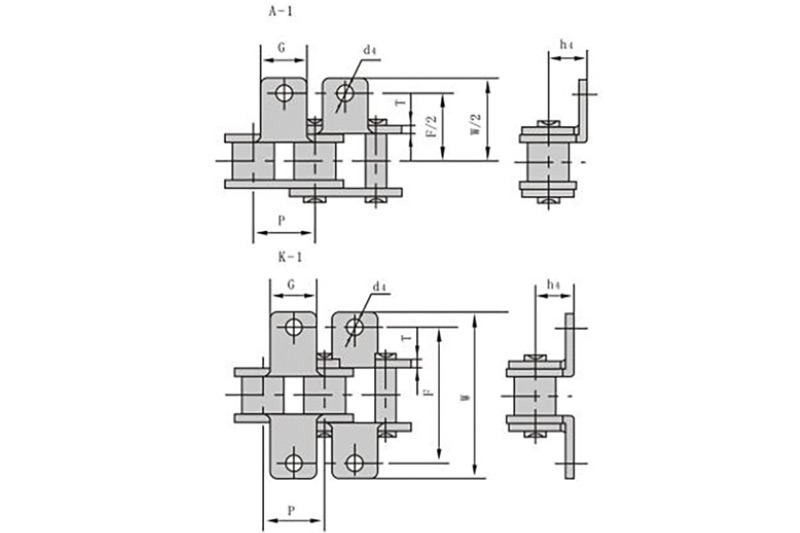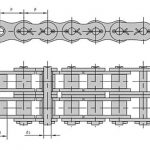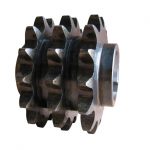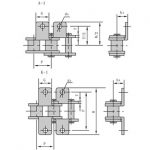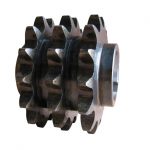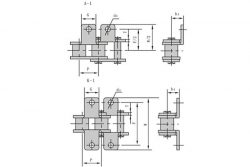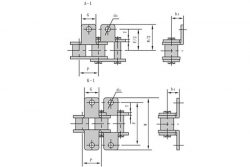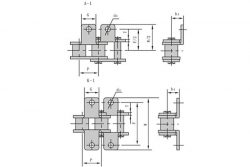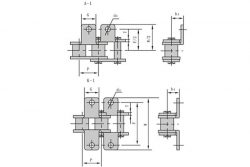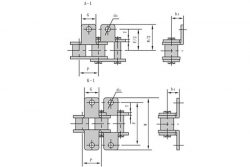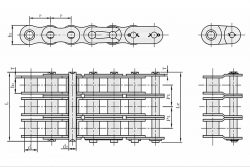Heat Treatment Details Of Transmission Chain
How to understand the distortion of Transmission Chain during heat treatment? The change in volume and shape of the workpiece during the quenching process is due to the volume expansion and contraction caused by the change in the specific volume of the structure during the transformation of the steel, and the plastic distortion caused by the heat treatment stress. Obviously, the specific volume change during the phase change in the heat-treated steel must exist. The greater the heat treatment stress, the more uneven the phase change and the greater the heat treatment distortion. When the heat treatment stress is timed, if the plastic deformation resistance of the steel is greater, the distortion will be smaller. Therefore, to reduce the distortion, it is necessary to reduce the quenching stress and increase the plastic resistance of the steel. To assess the distortion of the sprocket during quenching, the following aspects can be considered.
(1) The yield strength of steel, the yield strength of steel is used as an index of resistance to microplastic deformation. Generally, the resistance of a metal material with a certain amount of residual plastic distortion due to a certain force is regarded as the yield strength of the material. Only when the internal stress reaches or exceeds the yield strength or plastic deformation resistance of the material, the sprocket can undergo heat treatment distortion. The main factors that determine the yield strength of steel are the chemical composition and structure of the steel, as well as the temperature and stress state of the steel. The higher the yield strength of the sprocket, the greater the resistance to plastic deformation and the smaller the amount of distortion.
(2) Internal stress of the sprocket The internal stress of the workpiece (mainly including machining stress and heat treatment stress) is another important factor that promotes the distortion of the workpiece. The greater the internal residual stress of the workpiece before quenching, the greater the distortion after quenching. When the internal stress reaches or exceeds the plastic deformation resistance or yield strength of the steel, the workpiece undergoes plastic distortion, that is, changes in the size and shape of the workpiece.
